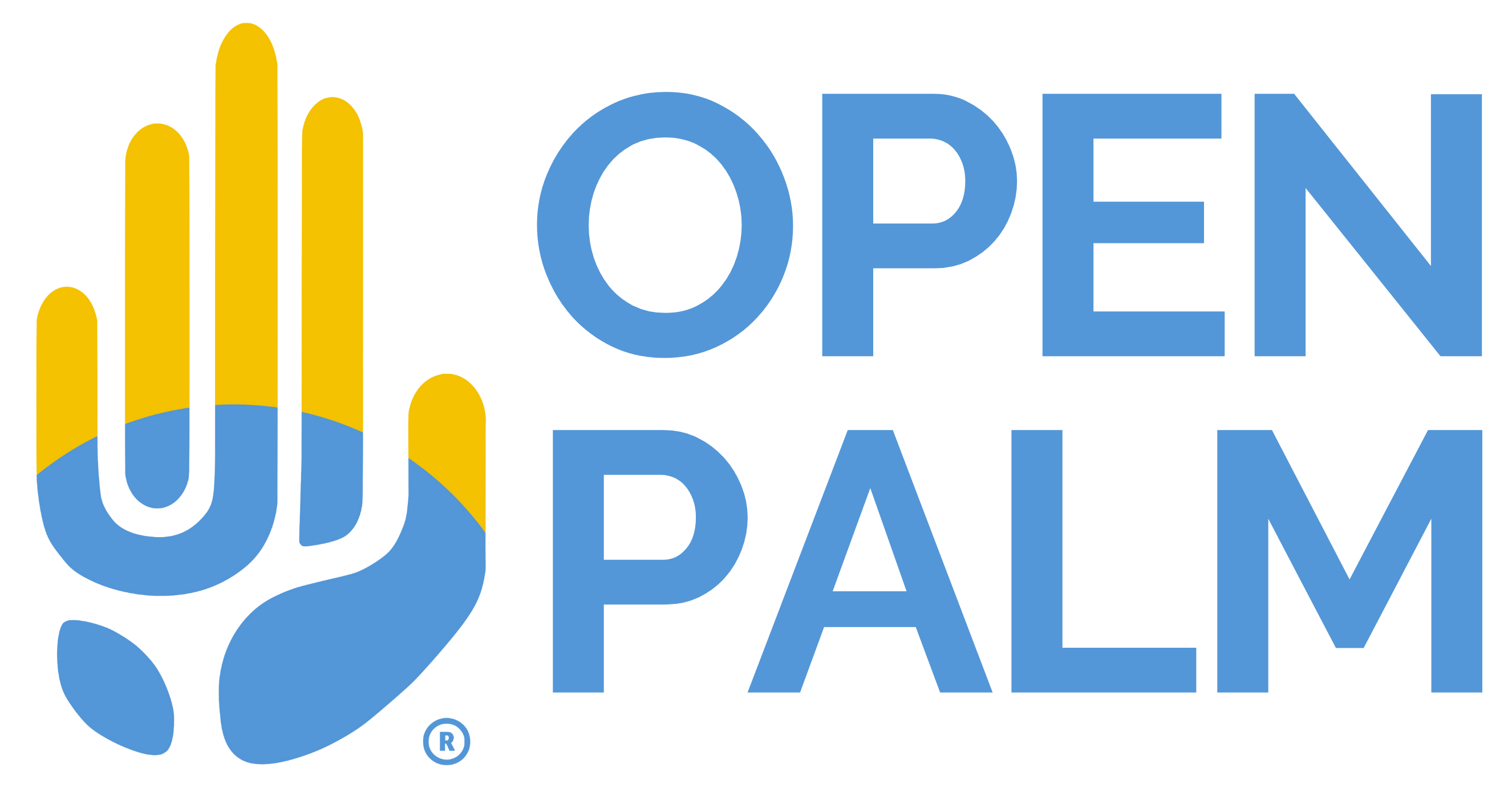Not 'ethnic minority', try Global Majority
- Ralph McBaiden
- Nov 19, 2022
- 3 min read

People of the Global Majority (or PGM) is an emerging term within discussions about race. It is a collective term that refers to people who are Black, Asian, dual-heritage, indigenous to the global south. These groups represent approximately 80% of the world’s population.
The Cambridge Dictionary describes the term as ‘the group of people in the world who do not consider themselves or are not considered to be White.
The positive shift
The terminology is starting to gain traction due to heightened awareness around diversity and inclusion matters within workplaces, education and wider society. Using PGM is seen as liberating and empowering. It avoids the negative connotations of ‘minority’ stemming from century old stereotypes about race.
It flips on its head the feeling of being labelled ‘other’. The problem with the label of ‘other’ is that it normalises being white and everything else is deemed as secondary. This problem is called the ‘deficit narrative’.
The ‘Global’ aspect of People of Global Majority, links to international issues and enables global solidarity without erasing aspects important aspects of culture.
Open Palm was founded in response to the tragic murder of George Floyd in the US. Issues of racism manifest differently across the globe, and it would be easy to dismiss the issues faced as belonging only to other nations without acknowledgement that we live in a post-colonialised world of which the effects are still felt today everywhere.
“To disrupt the deficit narratives that exist about 'othered' groups requires that those groups be self-determining and defining. Developing and using empowering language that challenges marginalisation and undermines the implied subordination to white power structures is critical." – Rosemary Campbell-Stephens MBE – Global Majority 2020

The drawback of the terms your probably more familiar with
Language evolves just as societies do. Terms that were created with good intentions can often change in meaning over time as our knowledge and understanding grow.
BAME
Many have grown accustomed to terminology such as BAME (Black, Asian & Minority Ethnic Backgrounds) when describing those from non-white backgrounds. However, the whole expression leans on race as the key characteristic for people who are not white.
The term also has the effect of masking issues faced by specific communities. It also masks that fact that these ‘minorities’ only exist within a single society (e.g. Britain).
The UK Government announced that it will stop using the term BAME and will adopt more precise language. We wrote about why it’s time to stop using the term ‘BAME’ and what else can be used instead in an earlier post.
POC
The term ‘People Of Colour’ (or POC) very much centres around the American experience, originating during the civil rights movement back in the 1950-60’s. It reflects their particular history of racial oppression, starting out by identifying Black people before later expanding to those of Mexican and South American heritage.
Many felt that people using the term POC were (intentionally or not) sidestepping the truth: that certain effects of racism — things like mass incarceration, police violence, inability to access good health care — disproportionately affect Black and Indigenous people. Not all "people of color."- NPR.org
The term is occasionally used on this side of the Atlantic. However, using it can confuse the experience of racism to become defined by the experience of one nation with its specific path of history. Some may think that racism doesn’t exist in their country because it doesn’t look the same as America.
Afro-Caribbean
The term ‘Afro-Caribbean’ is fading into history. The term is commonly interchanged as referring to those originating from an African or Caribbean background.
Defining a whole continent based on their hair texture was an unwanted gift to Africa. It bears reference to colourism during the slave trade in Africa.
During slavery there was a strict caste system that separated Black slaves by skin tone and hair texture. Lighter-skinned slaves with less kinky hair, typically due to non-consensual sexual relations with slave-owners, received better treatment. This hierarchy of hair types was based on European standards of beauty and fed into the creation of social structures based on skin tone (known as colourism) and hair texture (known as texturism) that continue to impact the lives of Black people throughout the diaspora today. – Halocollective.co.uk
More recently, the ‘pencil test’ was a method of accessing racial identity during the apartheid era in South Africa. If a pencil was placed in hair and didn’t immediately fall out, that person was deemed ‘Black’ and therefore segregated in their society.

The changing tide
The language we use plays a small, but vitally important part in the challenge of tackling racial inequalities. How you define a group can have an impact on aspirations and create glass-ceilings, perpetuated by labels which tie us to the past.
We hope that the more positive and empowering Global Majority will be the new line in the sand as we look to the future.
‘My ethnicity in the UK is defined as a ‘minority’, but globally I am the majority’ – The Global Majority Fund, Comic Relief
